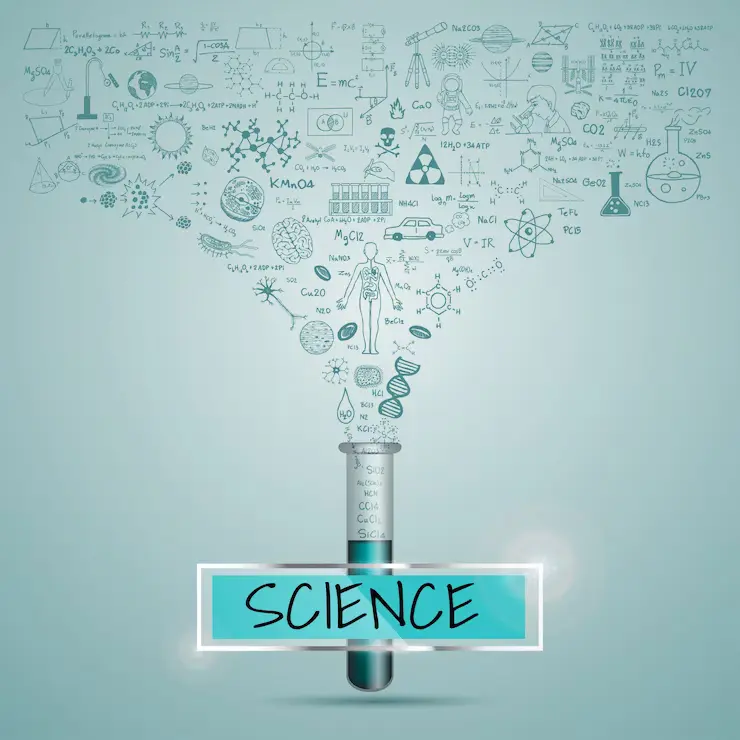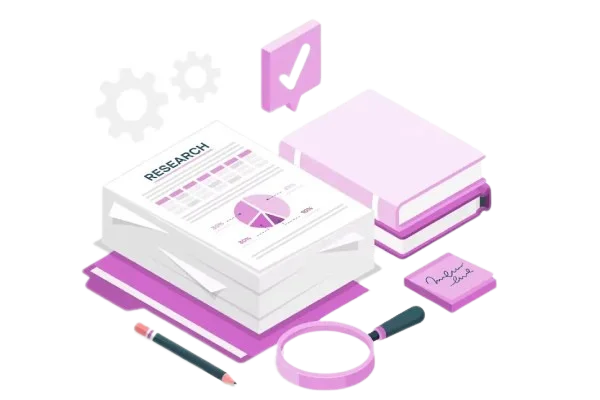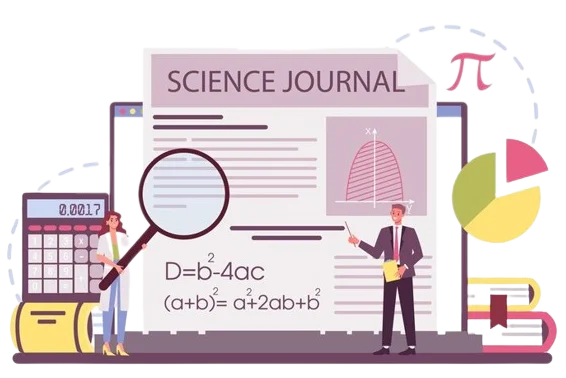Get to know about Web of Science Journals, sci journals, Web of science impact factor and its indices from GoToppr

Scientific publications company provides "Publication in Web of Science" service. Web of Science journals is a valuable resource for the scientific circle which plays an important role in evaluating scientific research and articles. As a result, researchers with access to the Web of Science may have a considerable advantage in their careers. The journals in the Web of Science database are regarded as some of the best for publication by the global scientific community.
The Web of Science (WoS) formerly known as Web of Knowledge is a paid platform that gives access to numerous database which contains references and citations from conference, research journals, and others in a category of research areas. It was created by the “Institute for Scientific Information” in 1997 and now Clarivate owns it.
Clarivate was established in 2016 following “Onex Corporation and Baring Private Equity Asia” possession of Thomson Reuters Intellectual Property and Science Business. A publicly traded analytics company with British and American ownership, Clarivate Plc offers a range of subscription service in the fields of scientometrics, and bibliometrics competitive profiling, business and market intelligence, for the pharmaceutical and biotechnology industries, regulatory compliance, and patents as well as trademark, domain, and brand protection. The Web of Science product family, which also includes services or applications including Publons, ScholarOne, EndNote Click, and EndNote, is where Clarivate gets its reputation as the business that calculates the Web of Science impact factor.



